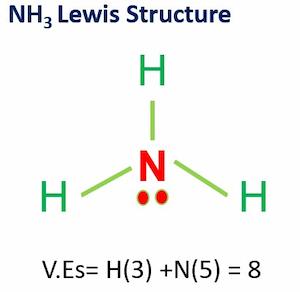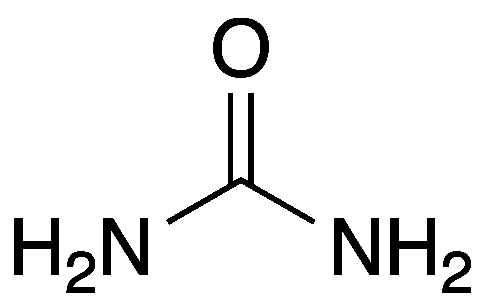Real gases are gases that do not obey the ideal gas law at all temperature and pressure circumstances. Similarly, ideal gases are gases that obey the ideal gas law at all temperature and pressure circumstances. Real gas, unlike ideal gases, can be liquefied because the gaseous molecule possesses the feature of intermolecular attraction, which aids in the coalescence of the molecule.
Furthermore, during the expansion process, the real gas molecules have to spend more kinetic energy to overcome inter-molecular attraction. Therefore, the temperature drops down.
Air, nitrogen, oxygen, carbon dioxide, and noble gases are examples of real gases.

Table of Contents
What are Real gases?
Real gases can behave differently than ideal gases, especially at high pressures and low temperatures. The compressibility factor is used to calculate the extent of the deviation. For one mole of a particular material, the compressibility factor is calculated by solving for n in the ideal gas law: dividing the product of pressure and volume by the product of the gas constant and temperature (PV/RT). This ratio of (PV/RT) should be precisely equal to 1 under ideal conditions.
What are Ideal gases?
The term ideal gas law refers to a hypothetical gas made up of molecules that adhere to a few rules: The molecules of an ideal gas do neither attract nor repel one another. The only interaction between perfect gas molecules would be an elastic collision when they collided or an elastic collision with the container’s walls.
The Ideal Gas Law
The ideal gas law is a state equation that characterizes ideal gases. This equation of state describes how gases behave under ideal conditions by relating pressure, volume, temperature, and mass. This is the most frequent gas equation of state.
According to the ideal gas law, We may construct relationships between a gas’s pressure, volume, temperature, and a number of moles by using the three main gas laws, Charles’ Law, Avogadro’s Law, and Boyle’s Law. We may get the ideal gas law equation by taking each equation and combining them.
P ∝ 1/V (Boyles law)
V ∝ T (Charles’ Law)
n ∝ T (Avogadro’s Law)
PV ∝ nT
PV/nT = c (constant)
This constant (c) is known as the Ideal Gas Constant, or Universal Gas Constant, and has a value of 0.0082057 atm L/mol K. Details of the terms used above are listed below:
- P is pressure measured in Pascals, Pa.
- V is the volume measured in cubic meters, m3
- n is the number of moles.
- T is the temperature measured in Kelvin.
Related Links
Flaring of Gases| Why We Need It?
Is NH3 Polar or Nonpolar?
CH4 Lewis Structure & Molecular Geometry
How Many Fluid Ounces Equal a Gallon
Liquefied Petroleum Gas
Co2 Polar or Nonpolar
Frequently Asked Questions
1. What is the density of oxygen gas?
The density (ρ) of oxygen (O2) is 1.428 g/L at standard temperature and pressure. The molar mass of oxygen is 32 grams per mole.
2. What is the molar mass of nitrogen gas?
The molar mass of nitrogen (N) is approximately 14.01 grams per mole of nitrogen atoms.
3. What is the ideal gas law?
Ideal gas law states that the pressure of gas times its volume equals the number of moles of the gas times a constant (R) times the temperature of the gas.
4. What temp does gas freeze?
Water’s normal freezing temperature is zero degrees Celsius or 32 degrees Fahrenheit.
5. Is air a homogeneous mixture?
Air is a homogenous mixture of many gases. The atmosphere is made up of nitrogen, oxygen (essential for animal and human life), carbon dioxide, water vapor, and trace amounts of other elements (argon, neon, etc.).
6. Is air a pure substance?
A pure material, such as water, air, or nitrogen, has a consistent chemical makeup throughout. Air is a homogenous combination of many gases. The atmosphere is made up of nitrogen, oxygen (essential for animal and human life), carbon dioxide, water vapor, and trace amounts of other elements (argon, neon, etc.).
Please check the full article “Is water a pure substance?”.
7. Air pressure definition?
Air pressure is the pressure exerted on objects from the air or the Earth’s atmosphere.
The average value for the atmospheric pressure at sea level is defined as 1 atmosphere (atm).
8. What is the specific heat of air?
The specific heat of air at constant pressure is 1.005 kJ/kg K and the specific heat of air at constant volume is 0.718 kJ/kg K.
9. What is an ideal gas?
An ideal gas is a hypothetical gas whose molecules take up little space and have no interactions and hence obey the gas laws precisely.
10. Otto cycle?
The Otto Cycle shows how heat engines produce motion from fuel. Like other thermodynamic cycles, this one turns chemical energy into thermal energy and then into motion (work).
11. What is a PV diagram?
The pressure-volume diagram (abbreviated as the PV diagram) is a graphical representation of pressure fluctuations in a closed system. P-V diagrams may be used to calculate the efficiency of a system as well as the work done by or on the system.
More Links
Kinematic Equations| Sample Problems and Solutions
Associative Property- Addition & Multiplication
CO2 Lewis Structure and Molecular Geometry
Density of Water in g/ml-Accurate Value
How Much is a Liter of Water?
How Many Cups in a Gallon? Cups to Pints, Quarts, and More
- BCl3 Lewis Structure in four simple steps - November 1, 2023
- PH3 Lewis Structure in four simple steps - October 8, 2023
- PF3 Lewis structure in four simple steps - September 24, 2023



